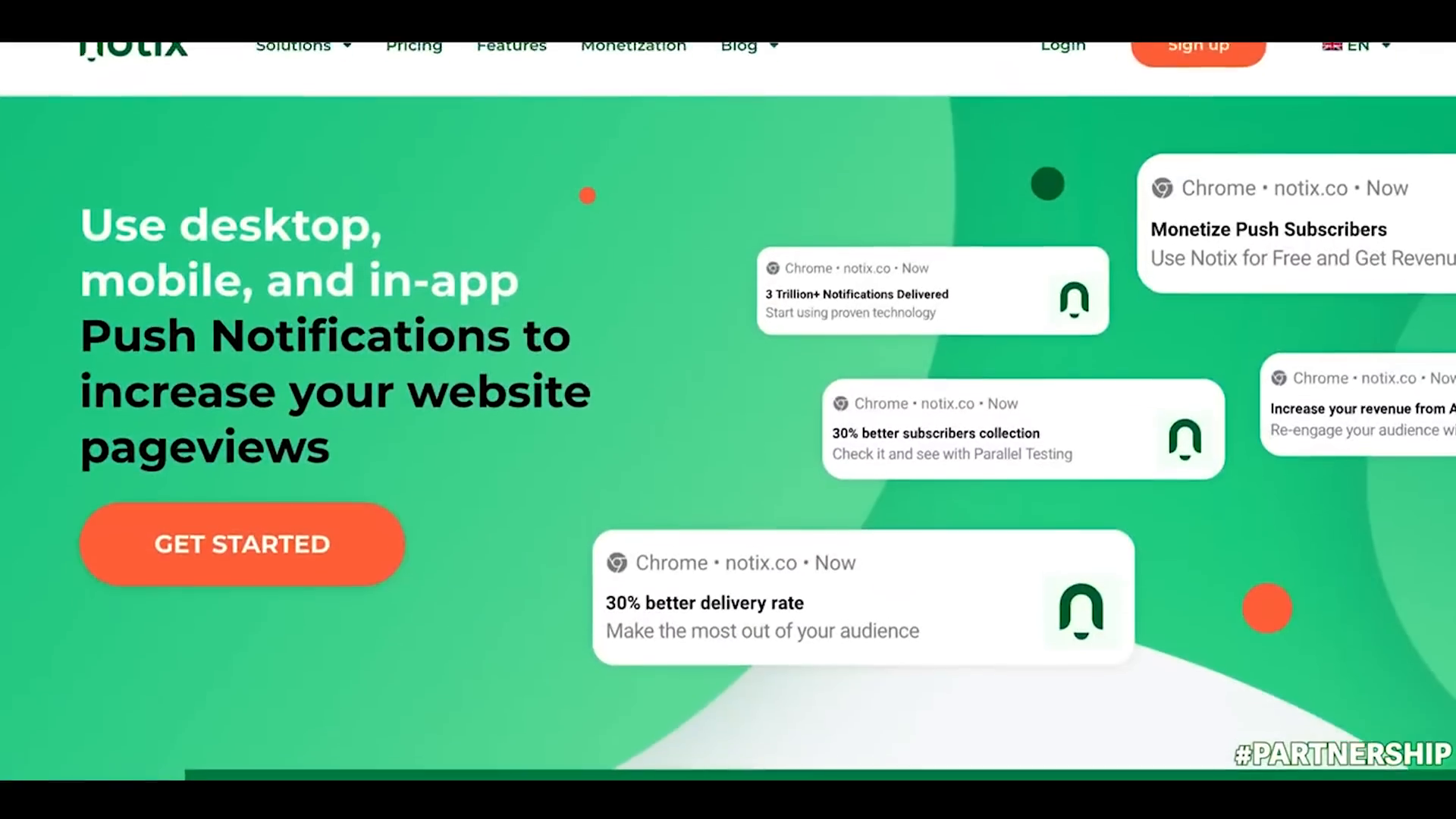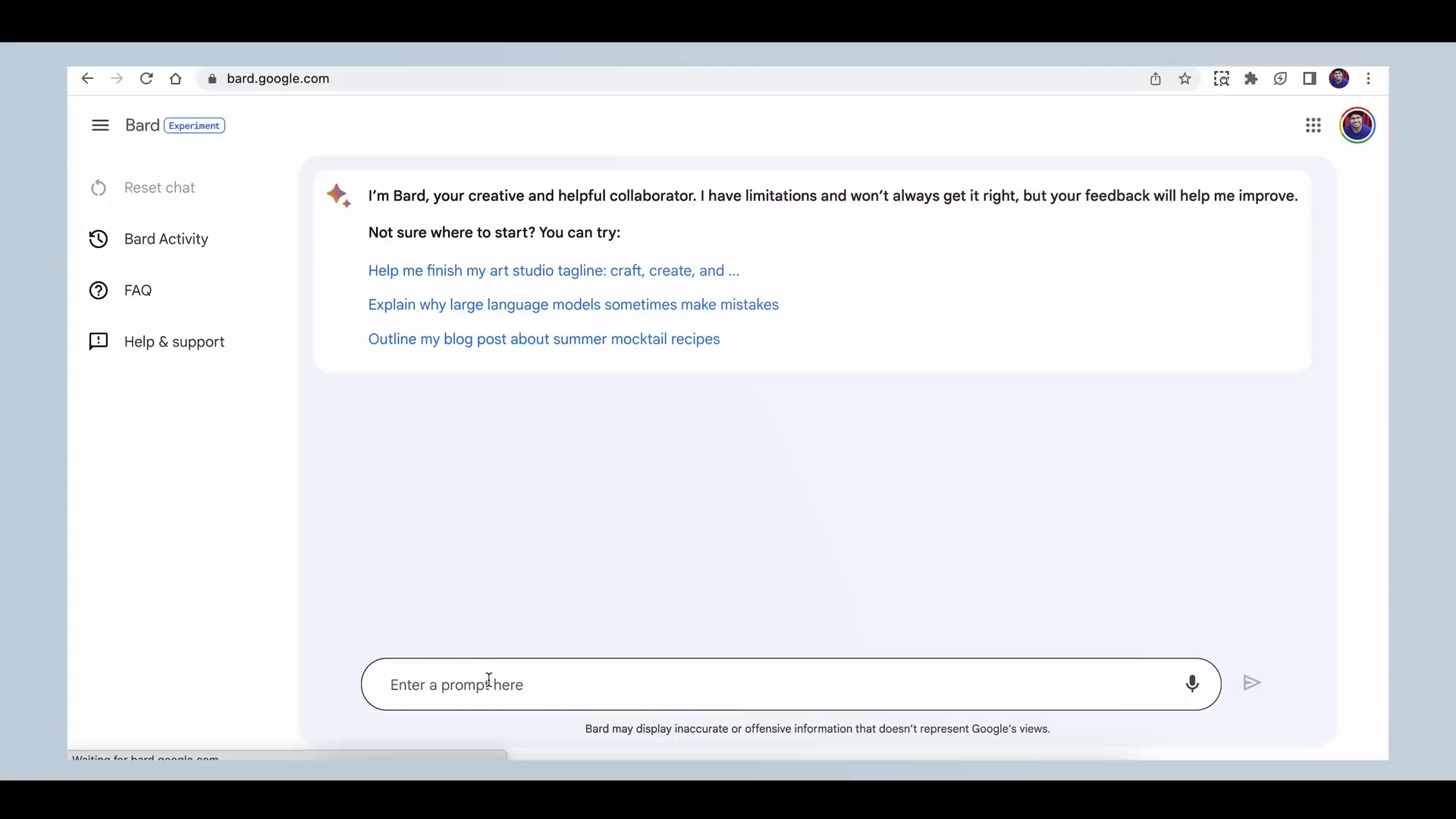Undoubtedly, in the history of search engines, Google Bard vs Bing Chatbot has remained the top player. The very name has become the definition of looking things up on the World Wide Web. Nevertheless, times are changing as new things come up. In this paper, we are going to focus on the characteristics, functions,, and differences of two popular chatbots in use and deployment today: Google Bard vs Microsoft Bing’s chatbot. We will consider their functionality, their graphical user interfaces, and the performance comparison of the two systems under different scenarios.
Exploring the Google Bard vs Bing Chatbot 🌐
Nothing can be added or removed from a description that states Google is not just a search engine. Searching for something is as common as saying, I will Google it. This is a high level of brand cognizance that is not easily found in other companies and is indicative of how powerful Google is in the search market. From its very inception, Google was built in a way that promoted competition only among search engines knowing well that there was no other player in the field.
But as we approached the year 2023 another competitor in the form of AI chatbots particularly the Bing chatbot appeared. This alteration signifies the paradigm shift in the way users will interact with search engines and information retrieval systems.
The Rise of AI Chatbots 🚀
Microsoft did not skirt the future but plunged in and plugged a chatbot into the search engine Bing. Introduced on February 07, 2023, this conversational interface aims to increase the interaction by making a simple search functionality more advanced and allowing talking back. On the other hand, Google had its chatbot Bard introduced in early 2021 but appealed to the public later. This tardiness raised doubts about Google’s strategy and how it would deal with the technologies that were knocking at her door.
With regards to the two chatbots being available to the masses, there is a need to analyze the two in a head-to-head manner to see which is superior.
Access and Availability 🌍
The one major aspect that stands as a contrast between Google Bard and Bing Chatbot is the geographical reach. When it comes to Bing’s chatbot, is right above the Bing search bar and can be accessed easily through the search bar themselves. Whereas, Google Bard does not allow these features without going to a particular URL bard.google.com.
For the timing, Bing’s chatbot is accessible to every single country in the world while Google’s bard currently is only available through a waitlist that, for the most part, is available in the US and the UK. However, this does not mean a user cannot do this thanks to modern technology in the form of VPN services as it is not encouraged officially.

Modes and Functionality ⚙️
The third and final difference relates to the operational modes offered by the chatbots. Bing has three modes: Creative, Balanced, and Precise. Each of these modes has another orientation and meets the specific demands of users. The Creative mode concentrates on the creative part and the Precise mode – on informativeness. The Balanced mode seeks to combine the two.
Bard does not, however, have this problem with modes. It dispenses one answer and also two draft answers on every query. It does so in a manner that brings into question how limited Bard’s response is compared to the different modes of Bing.

User Interaction and History 📜
The third and final difference relates to the operational modes offered by the chatbots. Bing has three modes: Creative, Balanced, and Precise. Each of these modes has another orientation and meets the specific demands of users. The Creative mode concentrates on the creative part and the Precise mode – on informativeness. The Balanced mode seeks to combine the two.
Bard does not, however, have this problem with modes. It dispenses one answer and also two draft answers on every query. Bing’s modes raise questions about the limitations of Bard’s response in comparison.

Quality of Responses 📊
In terms of how well responses are without any perception bias, it is apparent that both chatbots have some pros and cons. Some practical examples are presented for this purpose, in which both chatbots were questioned similarly or with specific queries.
Case Study 1: Simple Queries 📝
In a rather basic task, we instructed both chatbots how to simplify any table such that a child of five would understand it. Google Bard explained the concept in detail, only it was so complex a child would be unable to comprehend that. Bing’s chatbot replied to that in a more friendly manner, which made this all kind of easier.

Case Study 2: Dietary Recommendations 🍽️
A 25-year-old male who is lactose intolerant and aims to lose weight within three months requested that both chatbots suggest an appropriate diet plan for him. Bing’s chatbot created the most comprehensive diet regimen with specific breakfast, lunch, dinner, and snack options all aimed at weight loss. Bard’s response, thunderous in tone, was more informative but formally expressed and less interactive than anticipated.
Case Study 3: Medical Report Analysis 🏥
We focused the majority of our attention on the two chatbots’s ability to evaluate a report. In this instance, Google Bard seemed to struggle in diagnosing any disease, which is understandable in the statement that he was not able to give a medical judgment. Nevertheless, after presenting the situation by telling Bard he was a lab assistant reading the medical report, he managed to do that. Bing’s chatbot, on the other hand, also found it difficult to perform an accurate analysis and hence there were some limitations in infrastructure concerning advanced medical questions.

Case Study 4: HTML Code Generation 💻
In the: Finishing, we asked for a basic HTML sign-up form code. Google Bard said it cannot help with anything code-related. This clearly revealed a limitation of its functionalities. On the contrary, Bing’s chatbot promptly gave a sample HTML code, thus underlining the usability of this feature in code-related queries.

Final Thoughts and Conclusion 💭
In sum, Google Bard and Bing’s chatbot each has its own relative advantages and disadvantages. Google Bard vs Bing Chatbot is better at providing thorough answers and keeping track of what the user has done while Bing’s chatbot is more advanced in following a user-friendly approach including different modes of operation and useful code writing.
Since it is a fact that both these technologies will continue in development, it is correct to say – their further capacities will undoubtedly expand. Users should choose what is most important to them – the amount of information, its usability, or its compactness – when customizing practical programming. The AI-based search and interaction experiences have a lot of promise and it will be fascinating watching the transformation of the concerned platforms shortly.

